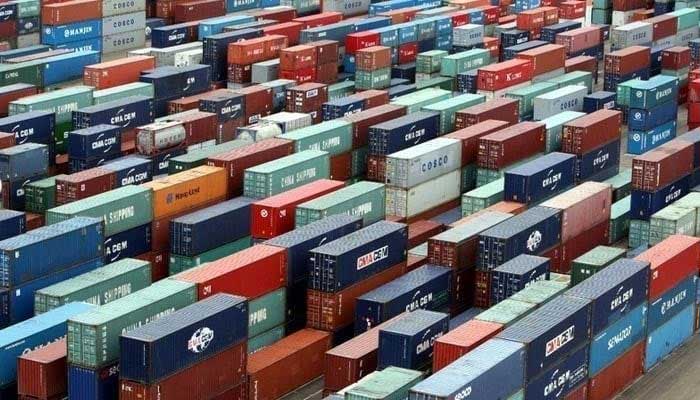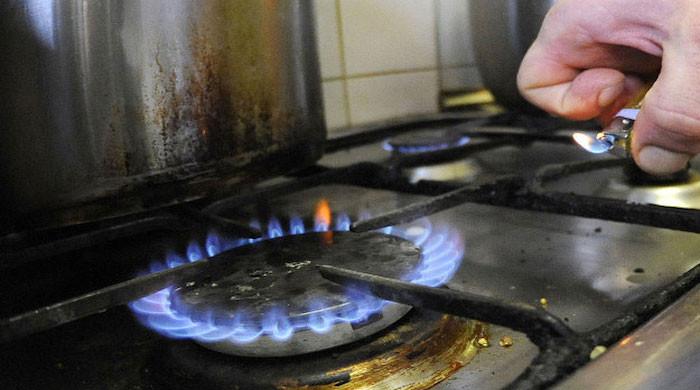Pakistan's exports face $564m blow if Trump tariffs persist
Tariffs may erase recent gains in exports across key sectors, warns report
April 10, 2025

KARACHI: Pakistan could face an estimated export loss of $564 million in fiscal year 2025-26 as a result of steep new tariffs imposed by the US under President Donald Trump’s latest trade policy shift, according to a report by Islamabad-based think tank Tabadlab.
Trump on Wednesday night announced a 90-day pause on tariffs, saying he took the decision after more than 75 countries had reached out to negotiate and did not retaliate against the US.
Earlier, he had imposed 29% tariffs on Pakistani exports to the US.
Pakistan will send a delegation to the US in the coming weeks to negotiate new tariffs, the government said in an announcement before Donald Trump announced a delay to the measures, reported AFP.
A source from the Ministry of Commerce, speaking on the condition of anonymity, confirmed to AFP that the visit would still go ahead.
“A high-level government delegation is scheduled to depart for Washington in the coming weeks to hold talks with US officials,” the source said.
Fears of the fallout remain, and if things do not work out, the textile sector, which comprises more than half of exports to the US, is expected to bear the brunt of the impact. With US consumers highly price-sensitive, Tabadlab projects demand could decline by at least 13% by FY2025-26. If Pakistan loses both market share and demand, export losses could balloon to $2.17 billion in a worst-case scenario.
“These tariffs may erase recent gains in exports across key sectors, undermining current account stability and compounding an already fragile economic outlook,” the report warned.
Pakistan’s overall exports to the US currently total about $6.3 billion annually. The new duties pose a significant threat at a time when the country is attempting to shore up its external account and stabilise economic growth.
Data from Pakistan’s trade with the US shows imports from the US stood at $1.87 billion in 2024, accounting for just 4.0% of Pakistan’s total imports. The US share in Pakistan’s top five import segments was even lower, at 1.4 per cent, indicating minimal reliance on American goods.
Top US exports to Pakistan include pharmaceuticals ($147 million), machinery ($143 million), and iron and steel ($190 million). Yet tariff revenue generated from these imports remains modest — just $85 million — with an average effective tariff rate of 4.5%, significantly lower than Pakistan’s overall import tariff average of 8.0%.
According to the Trump administration’s calculations, Pakistan charges 58% tariffs on goods from the US.
The administration used what economists call a misleading formula to calculate the rate of tariffs (dividing the US trade deficit with a country from total US imports to that country).
Pakistan’s zero tariff on US cotton and limited protection for sectors like scrap metal or medical equipment means there is little immediate scope for reciprocal tariff leverage in negotiations.
While competitors like Bangladesh and Vietnam face even steeper tariffs, Tabadlab emphasised that rapid diplomatic engagement — similar to Vietnam’s proactive approach — could help Pakistan retain or even grow its market share. The report also flagged the importance of services exports, which remain unaffected by tariffs but could enter future trade negotiations.











